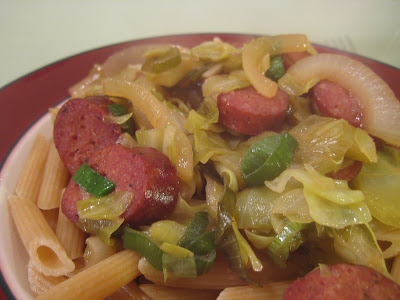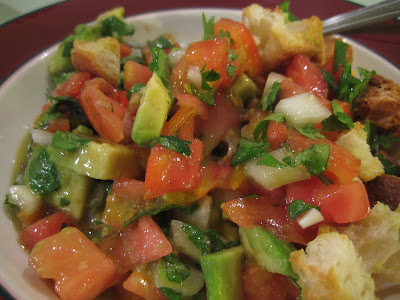
We bought some soft tofu the other day, wanted to try it in a salad dressing. I think we'd meant to buy silken tofu, but that only came in ginormous containers, and the soft tofu came in smaller containers. So, soft tofu it was. It made an ok salad dressing, nothing special, but then we had a whole bunch (a block and a half, I think 9oz blocks?) left over. Apparently, soft tofu makes a good chocolate pudding, so I tried out a recipe for chocolate tofu mousse I found on the interwebs. It was actually quite good, maybe that has to do with how much chocolate I added, but it got pretty solid once it chilled. Even Ed liked it, although we agreed that to call itself mousse, it would have to be a little fluffier. The other issue was that because it was soft tofu, the food processor didn't quite do the trick in completely pureeing the tofu, so there were a couple little bits of tofu skin in there. They weren't bad, just... interesting.
The following recipe is about what I put in - I think the overall ingredients are the same as whatever recipe I'd found online, but the amounts are from our version.
Chocolate Tofu Mousse
Serves 4
1 block of tofu (~9oz)
~1/4C chocolate chips (two handfuls)
3 squares Ghiradelli 100% dark baking chocolate
1-2 tbs maple syrup
1/2 tsp vanilla extract
dash of salt
Strawberries or raspberries for serving
In a food processor, puree the tofu. Put the tofu in a saucepan, and add everything else. Heat on medium-low heat until the chocolate dissolves. This makes a very dark chocolate flavor, if you prefer more milk chocolate or less bitter, add more maple syrup and less dark chocolate, or more chocolate chips. You could do this with only chocolate chips, but we happened to have dark chocolate.
Once the chocolate is melted, stir it around, and then chill until you're ready to serve it. It will solidify quite a bit.
 Put it all in the saucepan.
Put it all in the saucepan. Melt.
Melt.Ed and I have different opinions on chocolate - for him, the darker, the better. I like milk chocolate. This was a very dark-chocolate-tasting dessert, so he really liked it. I thought it should have been sweeter. He thought we needed to add some espresso powder, which actually would have been quite nice. But with more sweetness. Either way, taste it often as you melt the chocolate to determine how chocolate-y you want your dessert. The bitter flavor of dark chocolate went really well with strawberries. Raspberries would work well, too. I might have to make more of this stuff with the rest of our soft tofu...


































